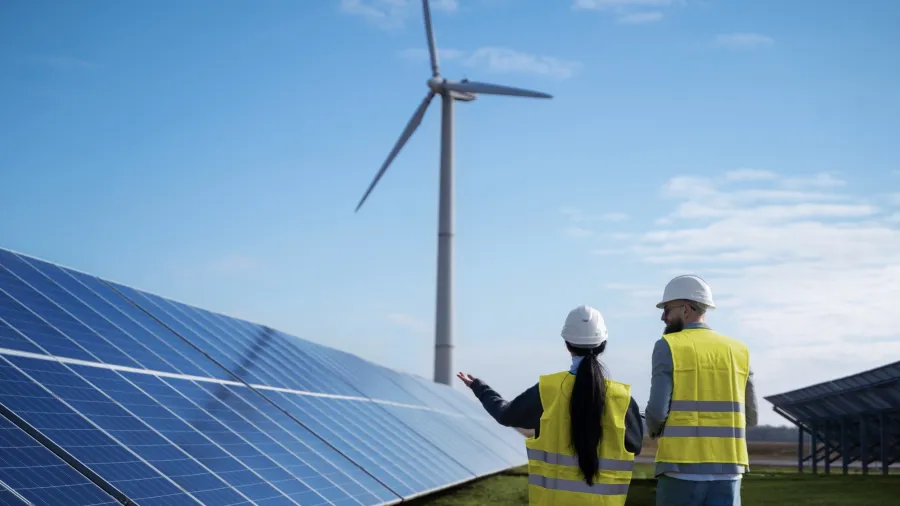
Boosting RE through APG: Malaysia and Indonesia's next move in pursuing cross-border interconnection
By Prihastya Wiratama, Lulu Safira, and Benny Zulchairi BursyahThe ASEAN Power Grid Project No. 4 has been one of the regional priorities since the first AEPEC in 1999.
ASEAN's electricity demand is rising rapidly, expected to reach 173 million tonnes of oil equivalent (Mtoe) in 2050, driven by economic growth and urbanisation.
To meet this demand whilst achieving carbon neutrality, the region must expect renewable energy (RE) sources integration with a total of 3205 TWh. The ASEAN Power Grid (APG) serves as a key enabler in this transition, facilitating cross-border electricity trade to enhance energy security and optimise RE utilisation.
In 2021, the ASEAN Interconnection Masterplan Study (AIMS) III Phase 1 and 2 was completed where 18 prioritised interconnection projects were identified. Amongst those, nine have been in operation with a capacity of 7.7 MW total, spanning the northern to southern part of ASEAN.
Upon the completion of AIMS III Phases 1 & 2 update in 2023, feasibility studies on cross-border interconnections became one of the ministerial mandates in the 41st ASEAN Ministers on Energy Meeting (AMEM). It is followed by the reinitiation of one of the APG interconnection projects, the APG Project No. 4, through a memorandum of understanding between Tenaga Nasional Berhad, Perusahaan Listrik Negara, and the ASEAN Centre for Energy (ACE).
The Peninsular Malaysia–Sumatera Indonesia interconnection plan
The APG Project No. 4, or the Peninsular Malaysia–Sumatra Indonesia line, has been one of the regional priorities since the first ASEAN Plan of Action for Energy Cooperation in 1999. The line has undergone several phases of planning and development.
Began in 2002, the High Voltage Direct Current (HVDC) Interconnection Exchange study, explored the feasibility of linking Sumatra’s electricity grid with Peninsular Malaysia to enhance energy trade and grid stability. Following the study results on power systems, technology selection, and submarine cables, a 500 kV HVDC line was recommended with an initial RE interconnection capacity of 300 MW in 2008 and a projected addition of up to 600 MW in 2010, in accordance with the supply and demand.
In the 2012 proposal, a coal-fired steam power plant was considered as the primary source. Although technically feasible, the countries were unable to reach a common ground for its economic viability to justify the transmission construction, causing the project to be postponed and the countries continued to focus more on domestic priorities.
With the price of RE-based power becoming more affordable over time, this presents a momentum to re-open the APG Project No. 4 but with RE-based electricity. In response, the initiative was revisited and updated under AIMS III Phase 1 and 2 update in 2022.
AIMS III study indicated that the cross-border interconnection line could potentially be developed up to 2,130 MW which allows uptake of various RE such as solar, geothermal, and hydropower from Indonesia. This poses an opportunity for Malaysia to meet the country’s growing demand for clean energy, especially following Malaysia’s new plan to support the data centre industry.
For Indonesia, the project could catalyse the development of untapped solar energy, geothermal, and hydropower in Sumatra.
Based on an analysis of the interconnection, the total RE installed capacity in 2025 is about 3.7 GW and is expected to grow in 2040 with a compound annual growth rate of 13%. Hydropower dominates Sumatra’s RE share, but geothermal is expected to surpass it in 2040.
The APG Project No. 4 could drive efficiency and cost reductions through grid interconnection between Malaysia and Indonesia, ensuring a stable supply by balancing generation across borders and further facilitating a competitive electricity market.
Based on our findings, electricity demand in Peninsular Malaysia is estimated at approximately 19 GW in 2025 and will increase to nearly 29 GW by 2040. In comparison, Sumatra’s demand rises from around 8 GW to 18 GW over the same timeframe.
For the RE installed capacity, Peninsular Malaysia is expected to reach roughly 26 GW by 2040, whilst Sumatra is projected to attain about 22 GW. In 2036, Sumatra’s capacity is projected to be sufficient to meet the local demand, and from 2037 onwards, the capacity excess would be available for export to Malaysia.
How Indonesia and Malaysia can drive the initiative
Despite the benefits, differing policies, market structures and regulatory frameworks between Malaysia and Indonesia create hurdles for seamless energy trade. The HVDC transmission lines, grid synchronisation, and the requirement to deploy submarine power cables across the Malacca Strait necessitate substantial investment that highlights mutual benefits for the interconnecting countries.
Although both countries have established their own regulations, discrepancies persist. Malaysia has recently established the Cross-Border Electricity Sales of Renewable Energy to promote RE-based electricity sales, and an energy exchange platform called Energy Exchange of Malaysia for electricity trading with neighbouring countries.
In Indonesia, the scheme to obtain business licence for cross-border electricity trading is platformed under the supervision of the electricity regulator. However, the five-year contractual basis for cross-border power trading may present an obstacle to start power exchange with Peninsular Malaysia, as it poses uncertainties in financial viability and long-term financing.
Alignment in policies is vital as the first step to start the interconnection, followed by exploring mutual benefits for the interconnecting countries. Harmonised policies could attract international funding sources from the APG partners that would significantly help de-risk the project.
Lessons learned from other ASEAN interconnection projects can serve as a basis for aligning countries’ interests.
The successful operation of Sarawak-West Kalimantan interconnection provides a model for how cross-border projects can enhance grid stability and sustainability. The line showcases ASEAN Power Grid implementation of more than 200 MW of hydropower and contributes to the region’s energy transition.
Furthermore, with Malaysia’s CBES RE currently performing its pilot project with Singapore, this would provide insights to APG Project No. 4 on RE-based cross-border power trading.
Given the high risks of APG Project No. 4, consistent policies would require enhanced bilateral agreements and harmonisation of regulations and technical standards. A policy revision allowing longer-term agreements would provide certainty for investors and project developers.
Additionally, a government-to-government framework should establish a bilateral interconnection agreement that clearly defines market access rules, transmission pricing, and dispute resolution mechanisms.
In addition to the authors listed in the byline, Akbar Dwi Wahyono (Research Analyst of Power Generation and Interconnection (PIN) Department, ASEAN Centre for Energy) and Nadhilah Shani (Manager of Power Generation and Interconnection (PIN) Department, ASEAN Centre for Energy) also contributed to and authored this article.




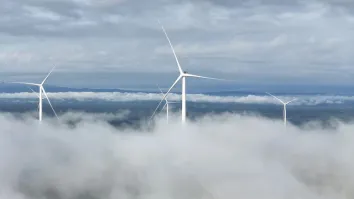
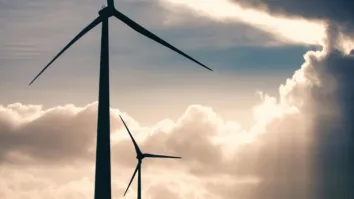




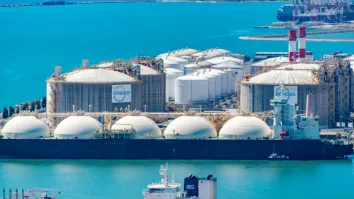
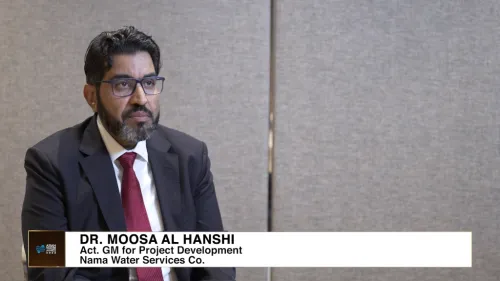
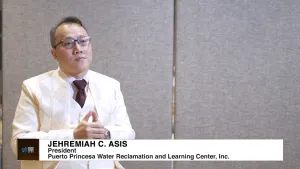
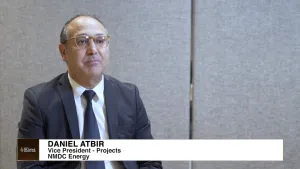
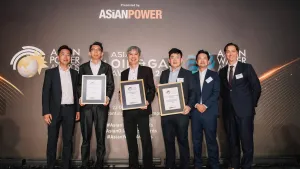
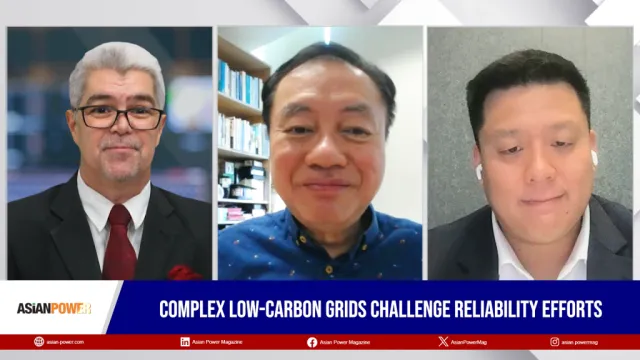

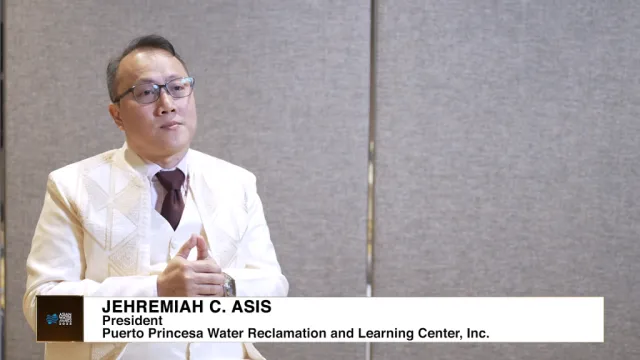
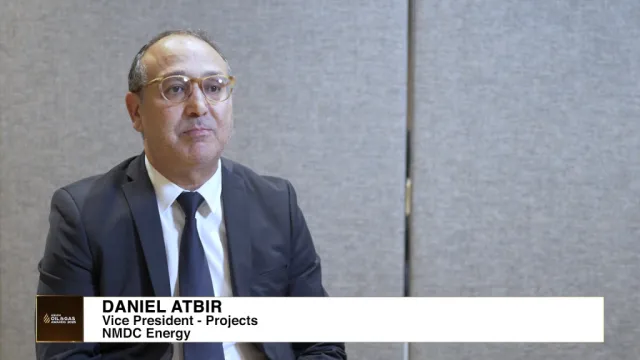

 Advertise
Advertise







